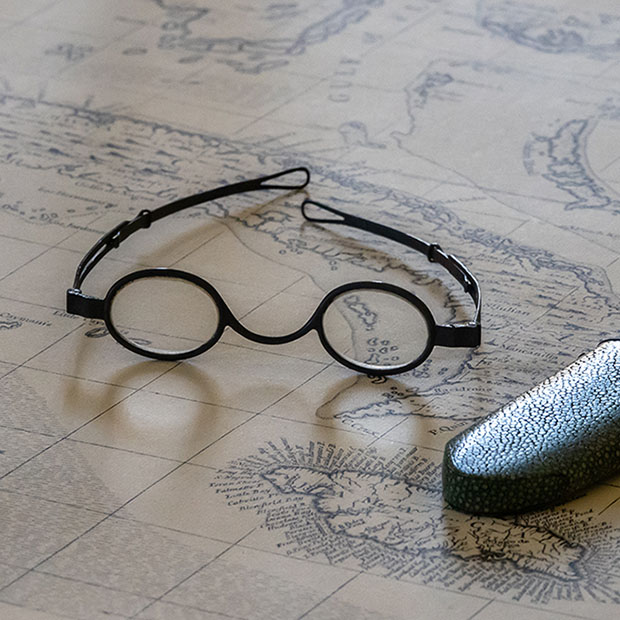Autoimmune diseases can impact any part of the body, including the eyes. […]
Autoimmune Conditions and Eye Health


Autoimmune diseases can impact any part of the body, including the eyes. […]

Just because winter days are shorter, that doesn’t mean we can slack on eye protection! […]

Diabetes, if not managed properly, can lead to various secondary health issues. […]

The history of glasses is a fascinating tale of innovation spanning over two millennia. […]

Being sleep-deprived can hit the body like alcohol, but how does it affect our eyes? […]

Aging brings many changes, and our eyesight is no exception. […]

Eye exams are a crucial part of maintaining our overall health. […]

Most eye injuries are entirely preventable. […]

When it comes to vision, nature is both diverse and innovative. […]

Have you ever wondered why carrots are credited with improving night vision? […]